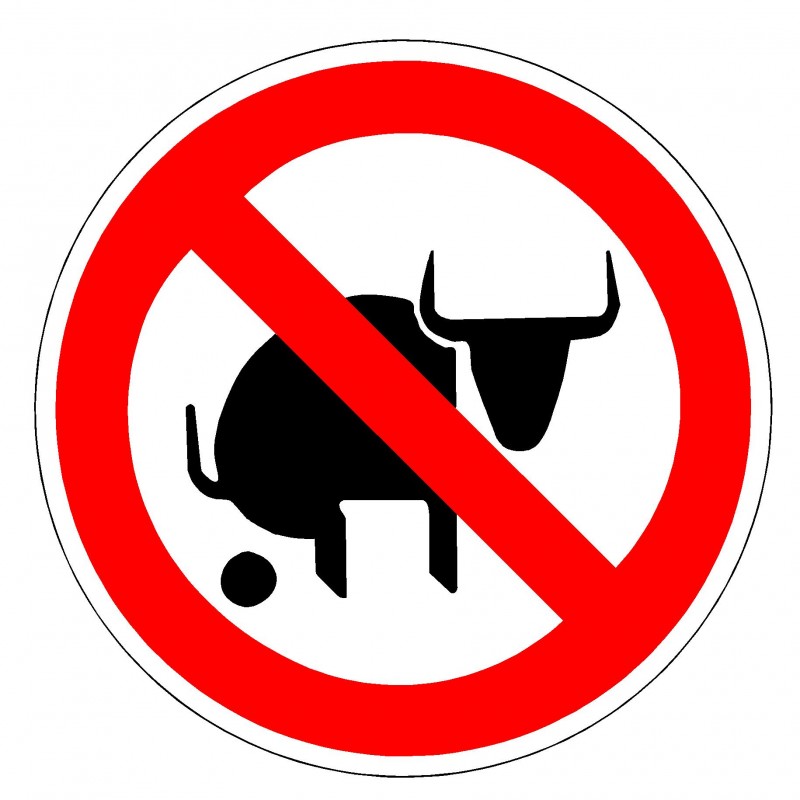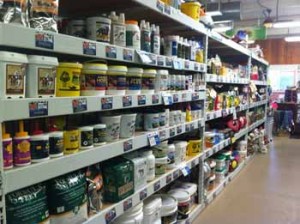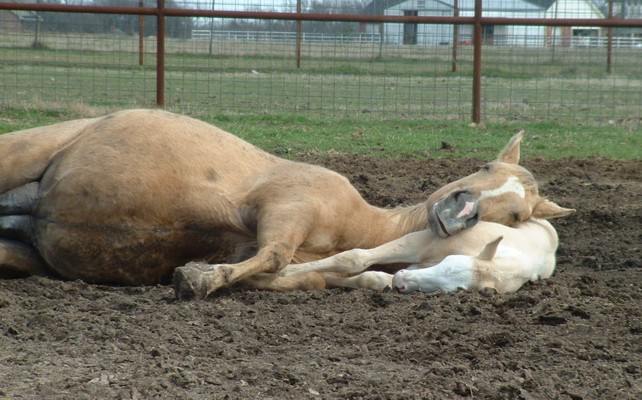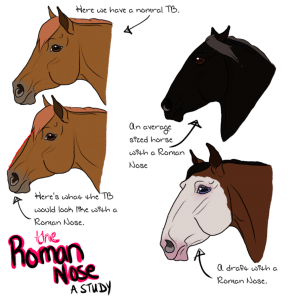 I decided to go supplement shopping for my hypothetical horse (I do have a real horse – she’s almost 8 now – but I’m not shopping for her at the moment). And I thought you’d like go shopping with me.
I decided to go supplement shopping for my hypothetical horse (I do have a real horse – she’s almost 8 now – but I’m not shopping for her at the moment). And I thought you’d like go shopping with me.
I want you to go shopping with me because I want you to understand one of my primary concerns about the supplements you’re being encouraged to buy and why, mostly, there’s no reason for you to buy them at all.
QUICK NOTE: I get comments about me being “against” supplements. Honestly, that’s just silly. I’m “against” you spending money on stuff for your horse that you’re being told you need, even when you don’t. I could make lots money selling all the supplements I wanted to, if I wanted to – I might even qualify for kickbacks, depending on the company. But given what I know, I don’t feel right doing that. I went to school to help horses, not myself, and that’s what I’ve always tried to do.
My hypothetical horse is an 8 year old Quarter Horse gelding. I ride him 3 – 5 hours a week (lucky me!), and do what I’d call moderate exercise: walk, trot, and a good bit of canter. He definitely breaks a sweat from time to time. I have some fun every month or so team roping (even though my main goal is to try not to hurt myself). He’s in good shape, and his body condition is perfect (I mean, what would you expect from me?). Oh, and he’s a Paint, with a Roman nose, which I really don’t mind, and, in fact, I’ve come to find it kind of cute. And he weighs 1100 pounds. I think he might benefit from a supplement. I mean, have you seen the ads? Every single one of them is nothing but wonderful! So, I’m going supplement shopping.
 But there’s this one little thing…
But there’s this one little thing…
I’m not your ordinary shopper. I like to read labels. Yep, I’m one of those folks. I like to comparison shop, and check out the prices, and see what the ingredients are before I buy. So, let’s look at the label together. Which leads me to:
GOAL NUMBER ONE: I want to analyze a supplement. And…
GOAL NUMBER TWO: I want you to be able to check out your supplement, too, with the simple tools you get in this article.
But wait, there’s one more thing.
Can we work in the assumption that supplements should be formulated according to some sort of a reason? There has to be some nutritional point to supplementing your horse. It has to be more than, “We’re here to tell you they’re wonderful,” or, “You should do something just in case,” right?
Can we also agree that for a supplement to do anything it has to provide a decent amount of whatever it is it is supposed to provide? I mean, let’s say you want to give your horse some vitamin C (even if he doesn’t need it, which he doesn’t, because he makes all he needs himself). Can we agree that the supplement should provide a significant portion of your horse’s daily needs of vitamin C, if you’re going to give it to him? In my view, if a supplement fills hardly any of your horse’s daily needs, there’s little reason to give it, right?
Take the “One-A-Day®” vitamins (please). You may not need them – and an overwhelming amount of research says you don’t – but the “One-a-days” supply 100% of your daily requirements for a number of things. And, maybe, shouldn’t the reason for the formulation be obvious, other than, on, “It’s wonderful for your horse?” For more on that, CLICK HERE to read a an article The Atlantic published in 2015, called “Vitamin BS)
Anyway, I’ve decided to look at a popular “wellness formula,” which to my delight, apparently has 10 supplements in one. I think that this is just terrific, because, when it comes to supplements, more is definitely better, at least I think it’s better, at least, I’m told it’s better in the really nice magazine that I get sent every month. In fact, I heard that one of my friend’s aunt’s neighbors had a horse a couple of years back that had an episode of colic and he hasn’t had another episode – NOT ONE – since he started taking his wellness supplement. Or maybe it was that his hooves were too flaky, I can’t remember.
And all I’ve got to do is give him 2 scoops a day! That amounts to 132 grams of the supplement, which is… wait a minute… about 1/4 pound a day of supplement (1 pound = 454 grams, if you didn’t remember). It’s a lot, but it’s going to be worth it. I can feel it.
And what am I giving him? He’s going to get amino acids, and a “chondroprotective” (it’s supposed to protect his cartilage from whatever it needs to be protected from), and macrominerals, and trace minerals, and vitamins, too! Yes, all that goodness, and all in a convenient two scoops!
So, now, that we’ve got the advertising aside, let’s get all scientifical and analyze.
First, we’re going to list the daily needs for my horse. This is information that comes straight from the National Research Council. The NRC guidelines are updated every decade or so. The last revision to the NRC guidelines was 2007, so we’re probably due for another one before too long. Fortunately, horses are not like computers, and they don’t change the models every few months. We just learn more about them as we go. What that means is that horse nutritional needs are not rapidly changing, so the information from 2007 is likely to still be pretty good.
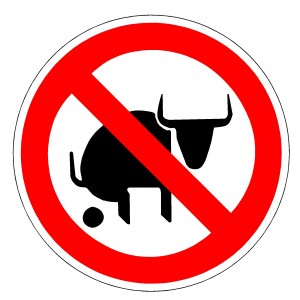 We’re only going to look at 14 nutrients – I mean, that’s a good bit of what’s supposed to be in the supplements anyway.
We’re only going to look at 14 nutrients – I mean, that’s a good bit of what’s supposed to be in the supplements anyway.
BRIEF, AND SOMEWHAT CURIOUS, ASIDE: For a lot of horses nutrients, we don’t have any idea what the dietary requirement is. Some things are needed in such small amounts that nutritionists can’t even make a dietary deficiency, even when they try. Aluminum is one example of this; chromium is another. As a result, I have no idea – nobody has any idea – what good comes from supplementing chromium at any level (no, it doesn’t help with insulin resistance, either). And other things, like B-vitamins, or vitamin C, the horses either make on their own, or absorb, so there’s no real dietary requirement for those, either, as long as the horse has any sort of food (horse food – I don’t think they’d do well eating fish). But most supplements write tons of ingredients on the label anyway, whether there’s a known dietary requirement, or not. Why, I can’t say, other than maybe to make the label longer, and more impressive.
OH, AND WE’RE GOING TO MAKE AN ASSUMPTION: We’re going to assume that the labels on the supplements are 100% accurate. Now, to be realistic, this is a huge assumption, because it’s not like there’s anybody keeping track. There have been all sorts of articles, including articles on horses, showing that supplements may not contain ingredients at the levels stated on the label. In some cases, they don’t have anything at all. But I’m going to at least assume that the labels are 100% accurate, because, well, you’ll see, and there’s only so much you can do.
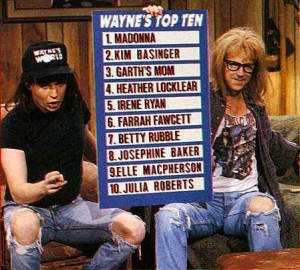 So, I’ve made a little table, which lists 14 nutrients, and the daily requirements for my 1100 pound horse based on the NRC requirements (I’m open to suggestions for names of my hypothetical horse, by the way).
So, I’ve made a little table, which lists 14 nutrients, and the daily requirements for my 1100 pound horse based on the NRC requirements (I’m open to suggestions for names of my hypothetical horse, by the way).
The lucky 14 are: Calcium, Phosphorus, Copper, Zinc, Selenium, Manganese, Iodine, Lysine (an amino acid, from which proteins are built), Vitamin A, Vitamin E, Magnesium, Cobalt, Iron, and Potassium. Fair enough?
Next, I’m going to make a list of what my horse’s daily requirements are. We’ll be measuring in grams, milligrams (1/1000 of a gram), and, in the case of the vitamins, International Units (IU). Let’s not worry about the units so much, because that’s not the point. What we’re going to do is look at what my horse needs, and then, we’re going to compare it to what he’s going to gets in the supplement, and come up with a figure that represents a percentage of his daily needs.
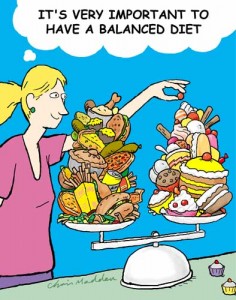 I’ve listed all his requirements for each of the 14 nutrients in the first column of my table – well call it column “A.” It’s what he’s going to need every day (give or take, and forgetting the fact that some things are stored, and that his body can deal with occasional deficiencies just fine, and so forth).
I’ve listed all his requirements for each of the 14 nutrients in the first column of my table – well call it column “A.” It’s what he’s going to need every day (give or take, and forgetting the fact that some things are stored, and that his body can deal with occasional deficiencies just fine, and so forth).
Next to that, in column “B,” I’ve listed how much of each nutrient he’s going to get with his two scoops of my supplement. I took that information right off of the website. So, in my two scoops of PP, according to the label, I’m giving my horse 448 mg (maximum) of Calcium, 792 mg of Phosphorus, 14 mg of Copper, 120 mg of Zinc, 0.8 mg of Selenium, 136 mg of Manganese, 0.5 mg of Iodine, 1500 mg of Lysine, 5000 IU of Vitamin A, 620 IU of Vitamin E, 435 mg of Magnesium, 0.6 mg of Cobalt, 300 mg of Iron, and 1254 mg of Potassium.
In Column “C,” I’m going to do a simple percentage calculation. I’m going to divide what my horse needs per day into what he gets from his PP. Pretty simple. From an equation standpoint, it looks like this.
What he gets in the supplement/His daily needs x 100 = Percentage of needs that come from the supplement.
And, in column “D,” I get the percentage of my really cool Roman-nosed Paint horse’s daily nutrient requirements that the PP supplement provides.
So here’s the table. You can use it, too – just take the ingredients off of the label of whatever you want.
| NUTRIENT |
– A – REQUIREMENTS, 1100 pound horse, moderate exercise, per day
|
– B – SUPPLEMENT PROVIDES
|
– C – B/A X 100 |
– D – % DAILY REQUIREMENTS SUPPLIED BY SUPPLEMENT (rounded to one decimal point)
|
| Lysine (Lys) | 33 g (33,000 mg) | 1500 mg | 1500/33000 x 100 = | 4.5% |
| Calcium (Ca) | 25 g (25,000 mg) | 448 mg | 448/25000 x 100 = | 1.8% |
| Phosphorus (P) | 21 g (21000 mg) | 792 mg | 792/21000 x 100 = | 3.8% |
| Magnesium (Mg) | 7.5 g (7500 mg) | 435 mg | 435/7500 x 100 | 5.8% |
| Potassium (K) | 25 g (25000 mg) | 1254 mg | 1254/25000 x 100 | 5% |
| Cobalt (Co) | 0.6 mg | 0.6 mg | 0.6/0.6 x 100 | 100% |
| Copper (Cu) | 112.5 mg | 14 mg | 14/112.5 x 100 | 12.4% |
| Iron (Fe) | 450 mg | 300 mg | 300/450 x 100 | 66.7% |
| Iodine (I) | 4 mg | 0.5 mg | 0.5/4 x 100 | 12.5% |
| Manganese (Mn) | 450 mg | 136 mg | 136/450 x 100 | 30.2% |
| Selenium (Se) | 1.13 mg | 0.8 mg | 0.8/1.13 x 100 | 61% |
| Zinc (Zn) | 450 mg | 120 mg | 120/450 x 100 | 27.7% |
| Vitamin A | 22500 IU | 5000 IU | 5000/22500 x 100 | 22.2% |
| Vitamin E | 900 IU | 620 IU | 620/900 x 100 | 68.9% |
For the sake of brevity, I’m going to make just three points.
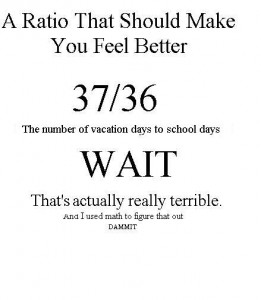 1. The supplement provides very little Calcium or Phosphorus, and the ratio is backwards. Nutritionists talk a lot about the ratio of Calcium to Phosphorus. Everyone seems to agree that the ratio should be at least 1:1, maybe as high as 5 or 6 to 1, but there should always be more Calcium than Phosphorus. PP is backwards – the ratio is more like 1 part Calcium to 2 parts Phosphorus. That’s odd… But what the heck, compared to what the horse needs, there’s hardly any in there anyway.
1. The supplement provides very little Calcium or Phosphorus, and the ratio is backwards. Nutritionists talk a lot about the ratio of Calcium to Phosphorus. Everyone seems to agree that the ratio should be at least 1:1, maybe as high as 5 or 6 to 1, but there should always be more Calcium than Phosphorus. PP is backwards – the ratio is more like 1 part Calcium to 2 parts Phosphorus. That’s odd… But what the heck, compared to what the horse needs, there’s hardly any in there anyway.
2. Depending on the nutrient, the supplement provides anywhere from 1.8% (Calcium) to 100% (Cobalt) of my horse’s daily needs. I really don’t know what to make of that, other than there’s no apparent “balance” of anything.
3, Don’t worry about Vitamin A. While PP fills 22% of my horse’s vitamin A needs (whatever that means), he doesn’t need any vitamin A supplementation. Since my horse also eats stuff that has the color green in it, he’s getting enough vitamin A. And he stores vitamin A in his liver. And the liver stores of Vitamin A last for something like 6 months, even in a state of complete dietary deficiency.
I don’t really have much more to say. Except for a great quote from one of my favorite scientists, the late Dr. Grace Hopper, also known as “Amazing Grace” (CLICK HERE to read about Dr. Hopper). She said, “One accurate measurement is worth 1,000 expert opinions.” Endorsements and advertisements are persuasive, to be sure, but the numbers really speak for themselves, don’t they?
I’d love it if you did these calculations with a supplement you know, and maybe sent me the results. We could post them on my webpage. I did something like that in my study on nutritional supplements, which I presented at the American Association of Equine Practitioners meeting in 2011. You can see that study if you CLICK HERE. While, happily, horses generally get everything they need from hay and water, and I don’t think that there’s any point in spending money on most of the supplements that are out there, if you are considering taking the financial plunge, why don’t you check to see if there is some sort of balance, rationale, or something for these products?
All you have to do is the math.

